The Government has introduced new legislation allowing the use of hand-held devices while driving for emergency services workers.
The exemption will only apply to drivers use Airwave Tetra and ESN devices in press-to-talk mode - any other use of the devices in hand-held mode while driving would contravene the prohibition.
The Department for Transport (DfT) said that emergency services drivers “must be able to communicate while driving”.
“They undertake crucial work where the instantaneous giving and receiving of information is vital for operational effectiveness,” it added.
“Holding and using a two-way radio while driving has long been an accepted part of the emergency driver’s role. That is why such use was excluded when the prohibition on using a hand-held mobile phone or other hand-held device was introduced.”
In the 20 years and more since then, technology has advanced and the more sophisticated devices used by emergency services drivers perform wider communication functions, with two-way radio embedded in them.
“This has given rise to a degree of uncertainty about whether the use of the devices falls within the scope of the prohibition,” explained the DfT. “This uncertainty is unhelpful.”
The DfT launched a consultation on changing the law around the use of a hand-held device while driving in 2023.
However, the Independent Office for Police Conduct (IOPC) expressed concerns about the proposals on the grounds of risk and distraction.
It took the view that hand-held use should not be necessary, because police vehicles should have the technology to facilitate hands-free communication.
It thought that the public interest test would provide sufficient protection against prosecution rather than an exemption and there was a lack of clarity on the technical ability of the ESN devices and how much they will differ from traditional two-way radio.
The IOPC point was that differences in physical manipulation required could generate an additional risk than the ones that exist for conventional two-way radio.
Nevertheless, the consultation showed that there was widespread support for the change, with 21 out of 22 responses agreeing with the proposals to establish exemptions for emergency service drivers using Airwave Tetra and Emergency Services Network devices in hand-held mode.
These respondents stressed the importance of emergency service drivers being able to communicate while driving, particularly in an emergency situation where the giving and receiving of information about a developing situation was vital.
Respondents generally recognised the road safety risks and acknowledged that hands-free systems should be used wherever possible. Nonetheless, they considered that the operational benefits of allowing these exemptions outweighed the risks.
The Government says it takes seriously any representations about safety concerns but in this case, it is satisfied that the change will not have adverse effects on safety.
Officials sought a demonstration of both the Airwave Tetra and the ESN devices to determine the level of physical manipulation and concentration.
Both the Airwave Tetra and ESN devices have a distinct physical ‘press-to-talk’ button and require no additional operating procedures compared to existing two-way radios, it said.



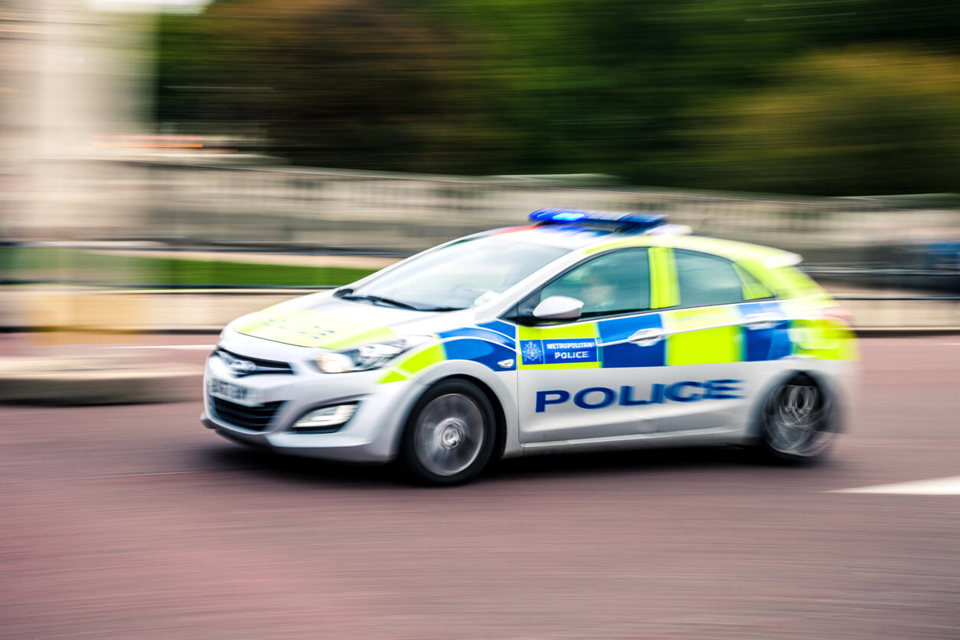




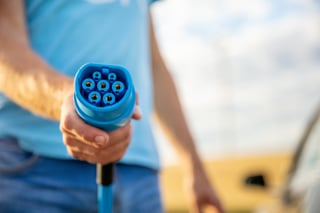
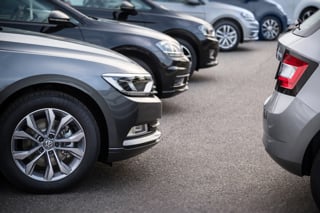
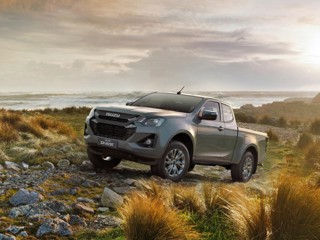
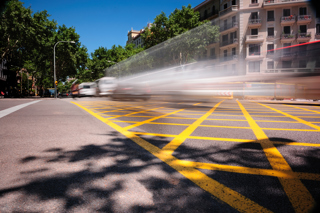
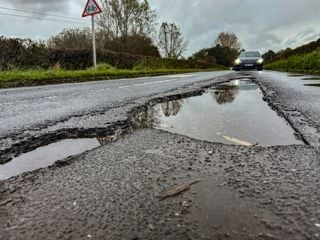












Login to comment
Comments
No comments have been made yet.